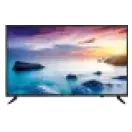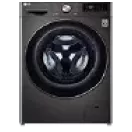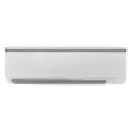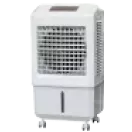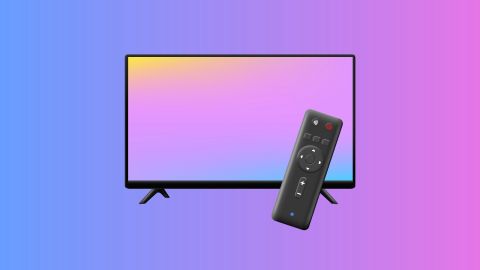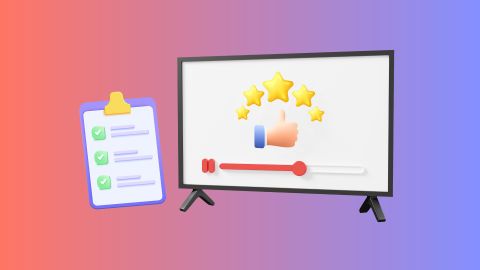Washing machine installation is an essential step to ensure optimal performance and longevity of the appliance. Proper setup includes connecting the water supply, drainage, and power source while ensuring the machine is levelled to prevent vibrations during use. Professional installation services can help avoid common issues such as leaks, improper drainage, or electrical faults. Following manufacturer guidelines and safety standards is important for hassle-free operation and maintenance.
If you are setting up a new appliance, exploring
washing machine options can help you choose models with easy installation features. Proper installation ensures your washing machine works efficiently and provides reliable service over time.
Tools and materials required for the installation of a washing machine
Installing a washing machine requires a few essential tools and materials to ensure proper setup and smooth operation. Having the right items ready will make the installation process efficient and hassle-free. For detailed guidance on using your washing machine after installation, you can refer to the guide on
how to use washing machines.
Tools| Tool/material | Purpose | What it means for you |
| Adjustable wrench | Tighten water connections | Secure water inlet and outlet connections to prevent leaks |
| Screwdrivers | Attach components | Assemble and secure machine panels and hoses |
| Water inlet hose | Connect water supply | Allows water to flow into the washing machine |
| Drain hose | Waste water drainage | Directs used water safely into your drainage system |
| Level tool | Ensure machine stability | Keeps the washing machine balanced to reduce vibrations |
- Adjustable wrench: Used to tighten or loosen water inlet and outlet connections securely during installation.
- Screwdrivers: Both flathead and Phillips screwdrivers are necessary for securing panels and attaching hoses.
- Water inlet hose: Connects the washing machine to the water supply, allowing water to flow into the machine.
- Drain hose: Ensures proper drainage of used water from the washing machine into the household drainage system.
- Level tool: Helps ensure the washing machine is perfectly level, preventing excessive vibrations during operation.
Choosing the right location for your washing machine
Selecting the perfect spot for your washing machine is essential for smooth operation and longevity. Here are some key points to consider:
- Stable and level surface: Place the washing machine on a flat, sturdy floor to avoid vibrations and noise during the spin cycle.
- Near water connections: Choose a location close to water supply taps and drainage to ensure easy installation and prevent water leakage.
- Adequate ventilation: Allow enough space around the machine for proper air circulation, which helps prevent overheating and moisture build-up.
- Easy access: Ensure the location offers convenient access for loading and unloading laundry without obstruction.
- Electrical outlet nearby: Make sure there is a grounded power socket within reach to safely power the machine.
- Avoid direct sunlight and damp areas: Keep the machine away from direct sunlight and excessively humid spots to protect its components.
Proper placement of your washing machine improves its efficiency and lifespan. Make sure the location offers easy access for loading and unloading laundry, with a grounded electrical outlet nearby for safety. Avoid placing the washing machine in direct sunlight or damp areas to protect its components.
Learning more about
how does a washing machine work, can help you make the best choice for its placement and care.
How to connect the water supply line
Connecting the water supply line correctly is important to ensure your washing machine works efficiently without leaks. First, identify the cold water inlet on your machine and attach the hose securely. Use a rubber washer inside the hose connector to prevent water seepage. Tighten the connection with a wrench, but avoid overtightening, which can damage fittings. Position the hose so it does not kink or bend sharply, which may restrict water flow. If you own a
top load washing machine, the connection process is similar, but always check the manual for specific instructions. After attaching, turn on the water supply and inspect for leaks. Proper connection of the water supply line ensures smooth washing cycles and prevents water damage.
Setting up the drain hose properly
Proper drainage is key to preventing water backflow and flooding during wash cycles. Begin by attaching the drain hose to the machine’s drainage outlet firmly. Secure the hose to a drainpipe or laundry tub at a height recommended by the manufacturer, usually around 60 to 90 cm from the ground. Make sure the hose is not twisted or clogged and forms a smooth path for water to flow out. Avoid placing the hose too low, which can cause back-siphoning, or too high, which may affect drainage speed. Use clamps or holders to fix the hose in place and prevent accidental disconnection. Correctly setting up the drain hose ensures efficient water disposal and protects your laundry area from spills.
Levelling the washing machine for stability
A washing machine must be level to reduce noise, vibration, and wear over time. Start by placing the machine on a firm and flat surface. Use a spirit level to check if it is balanced from front to back and side to side. Adjust the machine’s feet by twisting them clockwise or counterclockwise until the bubble in the level is centred. Most machines have adjustable legs to help with this. After adjusting, press gently on the machine’s corners to confirm stability—no rocking or tilting should occur. Proper leveling helps the washing machine perform efficiently and extends its lifespan by preventing unnecessary strain during cycles.
Ensuring your washing machine is properly levelled is essential for smooth and long-lasting performance. Once you understand the importance of stability, the next step is finding the right model for your needs. Bajaj Finserv makes it easy to buy a new washing machine with flexible financing options.
However, before you decide, explore the
latest offers on electronics and home appliances including washing machines for great savings and deals.
Buy your washing machine with Bajaj Finserv
Purchasing a new top washing machine does not have to strain your finances. With Bajaj Finserv, you can split the cost into Easy EMIs and avoid paying the full price upfront. Select models are also available with zero down payment, making it easier to upgrade your home appliances. Simply check your pre-approved loan limit online, visit the nearest Bajaj Finserv partner store, and select a repayment plan that suits your budget. Make laundry care smarter and more affordable.
Benefits of shopping with Bajaj Finserv
- Competitive prices: Find the best deals on leading top washing machines from top brands, ensuring high quality and savings on every purchase.
- Easy EMIs: Convert your washing machine purchase into manageable monthly payments, keeping your finances intact while upgrading your home.
- Zero downpayment offers: Enjoy the benefit of bringing home select models without any upfront payment—ideal for hassle-free shopping.
- Wide accessibility: Access a wide range of top washing machines across Bajaj Finserv partner stores located throughout India.
- Free home delivery: Get your new washing machine delivered directly to your doorstep at no extra cost, making your shopping experience completely seamless.
